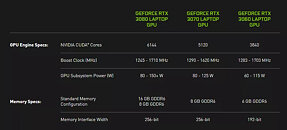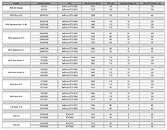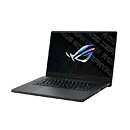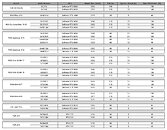
ASUS Announces ExpertBook B6 Flip Series
ASUS, a global technology leader renowned for continuously reimagining today's technologies for tomorrow, today announced ExpertBook B6 Flip (B6602F)—the first Expert-series flippable mobile workstation.
This high-performance mobile workstation with its versatile 360° hinge is designed specifically to help architecture, engineering and construction (AEC) companies running industry-leading software solutions like 3ds Max, MicroStation, and Vectorworks. With immense power packed in a slim and flippable form, ExpertBook B6 Flip handles complex workloads seamlessly across AEC disciplines. It helps users bring design concepts to life through BIM software like ArchiCAD, effortlessly transition from 2D sketches to 3D modelling and printing via tools like Creo and Solidworks, and handle data-intensive applications for deeper insights and better decision-making—delivering the edge that AEC companies need in today's competitive market.
This high-performance mobile workstation with its versatile 360° hinge is designed specifically to help architecture, engineering and construction (AEC) companies running industry-leading software solutions like 3ds Max, MicroStation, and Vectorworks. With immense power packed in a slim and flippable form, ExpertBook B6 Flip handles complex workloads seamlessly across AEC disciplines. It helps users bring design concepts to life through BIM software like ArchiCAD, effortlessly transition from 2D sketches to 3D modelling and printing via tools like Creo and Solidworks, and handle data-intensive applications for deeper insights and better decision-making—delivering the edge that AEC companies need in today's competitive market.









